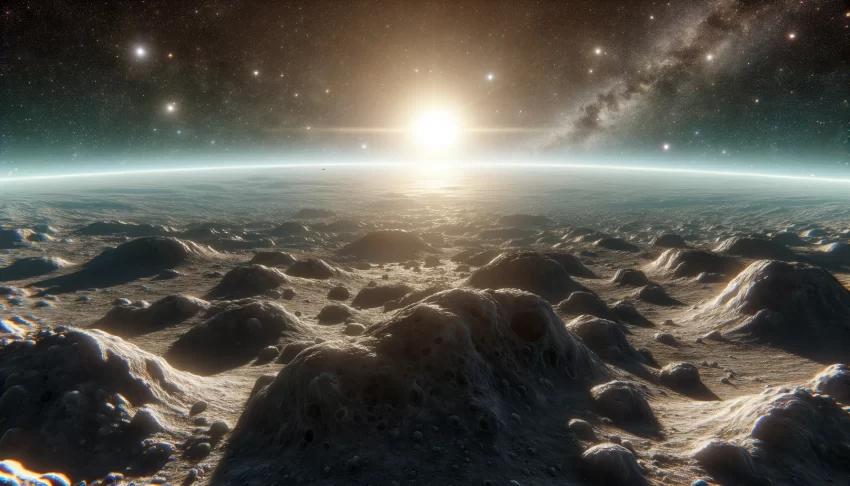| Listen to our audio presentation: History of the Computer |
A recent study has cast doubt on the purported interstellar origins of a meteor that fell to Earth a decade ago. Last year, a team of scientists reported finding tiny spherules in the seafloor debris at the supposed impact site near Papua New Guinea, suggesting the presence of alien technology. However, new analysis indicates that the seismic signals used to track the meteor’s path might have been caused by a mundane source: a passing truck.
Planetary seismologist Benjamin Fernando from Johns Hopkins University pointed out that the signal’s direction change matched a nearby road, making it more likely to be terrestrial noise rather than a cosmic event. This revelation raises questions about the accuracy of using seismic data to track bolides, especially when relying on a single monitoring station.
The meteor in question, CNEOS 2014-01-08, was initially tracked by US government satellites and noted for its unusually high velocity, hinting at an interstellar origin. However, Fernando’s team found discrepancies in the trajectory measurements and suggested that the meteor fell over 170 kilometers away from the location investigated by the original researchers.
The reevaluation of the seismic data underscores the challenges of distinguishing natural signals from human-generated noise. This is not the first time signals have been misinterpreted; past incidents include a microwave oven being mistaken for a cosmic signal and a gamma-ray burst attributed to space junk.
Moreover, a recent study suggests that the velocity of CNEOS 2014-01-08 might have been overestimated, further undermining the claim of its interstellar origin. The abundance of meteoritic spherules on Earth makes it difficult to link specific samples to a particular event, especially when collected years after the fact.
In light of these findings, the search for robust signs of extraterrestrial intelligence continues, with researchers remaining skeptical about the interstellar claims associated with CNEOS 2014-01-08. Fernando’s team plans to present their findings at the Lunar and Planetary Science Conference 2024, offering a cautionary tale about the importance of rigorous data analysis in the quest to understand the cosmos.

